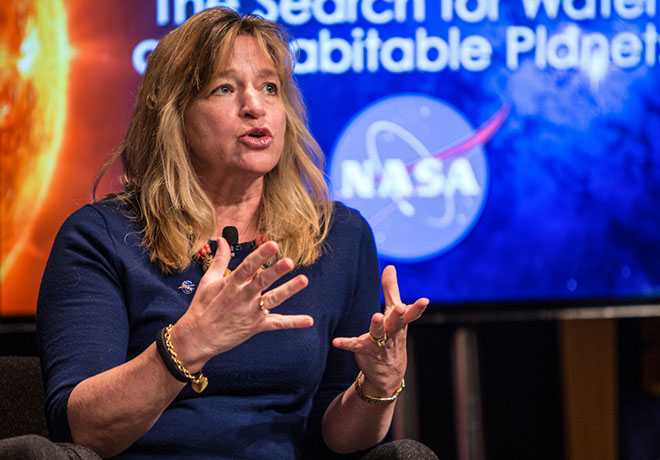The Smithsonian’s digital outreach

Over seven million visitors last year confirmed the Smithsonian’s National Air and Space Museum’s popularity and increasingly you don't have to visit the states to see it as more and more of its attractions are being digitised.
Since opening in 1976, the Smithsonian Institution’s National Air and Space Museum has inspired and educated visitors from around the world about aviation, space travel and the universe. Its newest director wants to extend the museum’s reach farther still.
“Not everyone is going to be able to come to Washington, so that’s why our digital presence is incredibly important,” said Ellen Stofan, who was named director of the Air and Space Museum in April.
“One of the exciting things that we’ve done recently, for example, is that we’ve digitised the entire interior of the Space Shuttle Discovery,” Stofan explained. The Discovery is one of the NASA space shuttles, best known for launching the Hubble Telescope into orbit, and is housed in the museum’s Udvar-Hazy Center in Chantilly, Virginia.
The museum also hosts a podcast featuring experts in different areas of space science and an educational STEM program aimed at engaging young students. “We’re trying to use every venue we have to engage people beyond our walls,” said Stofan, a former chief scientist at NASA who was instrumental in the long-term plan to land humans on Mars.
The daughter of a NASA rocket scientist, she found her passion at an early age and first got to know the Air and Space Museum as a sophomore in college, when she completed an internship with the museum’s planetary science team.
Some of the museum’s largest contributions lie within its Center for Earth and Planetary Studies, which is devoted to research and analysis.